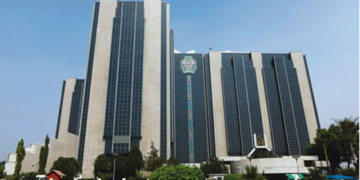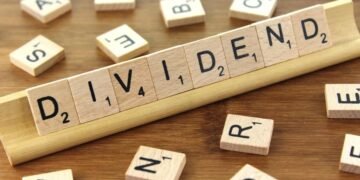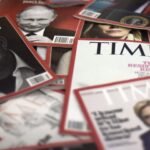In the preceding week, we had identified the asset items, this week we will look at how we can attach values to these items. What is the best way to go about this?
There are two choices for this;
- We can value an asset using the sum of money we spent to buy it.
- We can also value the asset using the current market selling price of the asset.
Let us visit our friends Obi and Ada, at Obi and Ada Enterprises to see how they are attempting to deal with this problem. The company at inception had acquired a packaging machine, and now it has to attach a value to the asset item on its balance sheet.
If the current selling price is to be used, whose selling price? It will be impossible for the company to find a uniform selling price for the machine in the market.
What if the model acquired is no longer in production, and therefore not available in the market? How can they estimate the current market price?
There are several asset items that are found on the balance sheet, thus presenting significant difficulty in adopting a uniform method for valuing them. The method to be adopted for each asset item will therefore be based on the asset item being valued.
To value the packaging machine (which will probably be contained in the fixed asset), it would be best for Obi and Ada Enterprises to use the price it bought the asset, this is called historical cost. However, in using historical cost, it will be entirely impossible to demonstrate the changes on the assets value due to market fluctuations that may occur.
To solve this problem, if the value of the asset increase, it will be ignored, but if it decreases, we would write down this decrease through devaluation.
In the course of its operation, Obi and Ada Enterprises had bought some shares of the hotel it has been supplying farm produce to, when the hotel sold shares through an initial public offering. The current market value of the shares, or the professional term “fair value”, is always the same at any particular time no matter who you ask.
The company had also acquired a piece of real estate in the new market; a warehouse for the storage of goods. It leases out the warehouse space to tenants, and rental price for the all spaces in the market is fixed and the same for all at any particular time.
These two asset items will be valued at the fair value prices, and not at the historical cost. Except these two assets, most other assets are measured at historical cost, with deduction when there is a devaluation.
If the company had acquired a real estate upon which it built its processing facility, the asset will then be valued using historical cost, as the current selling price cannot be precisely established.
The valuation method described here is the International Financial Reporting Standard, called IFRS. These are accounting standards issued by the IFRS foundation and the International Accounting Standards Board (IASB). They constitute a standardized way of describing the company’s financial performance so that company financial statements are understandable and comparable across international boundaries.
Many countries have joined IFRS, but United States of America do not use IFRS, they use the US GAAP, there is no major difference between the two.
When presented an asset column of a company’s balance sheet asset column, can you tell a story of what the company does, just by looking at the figures?
Written by;
Nnamdi M.



















































